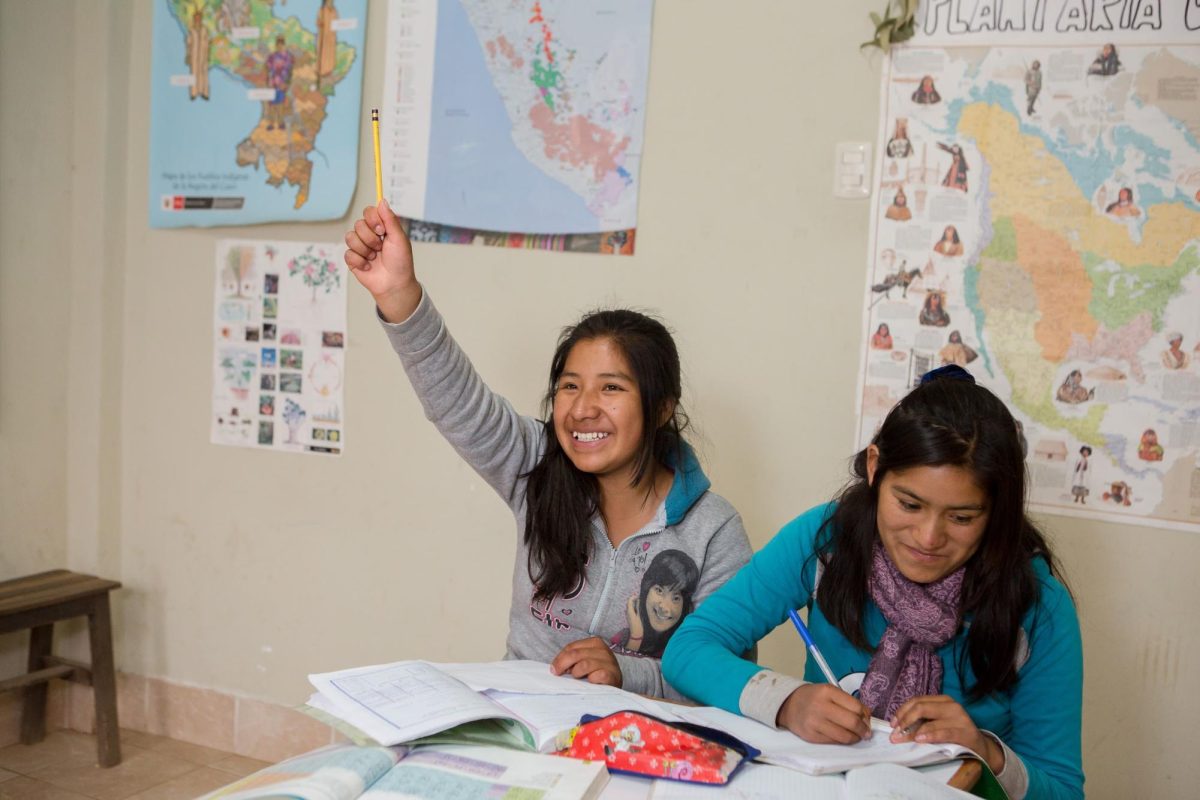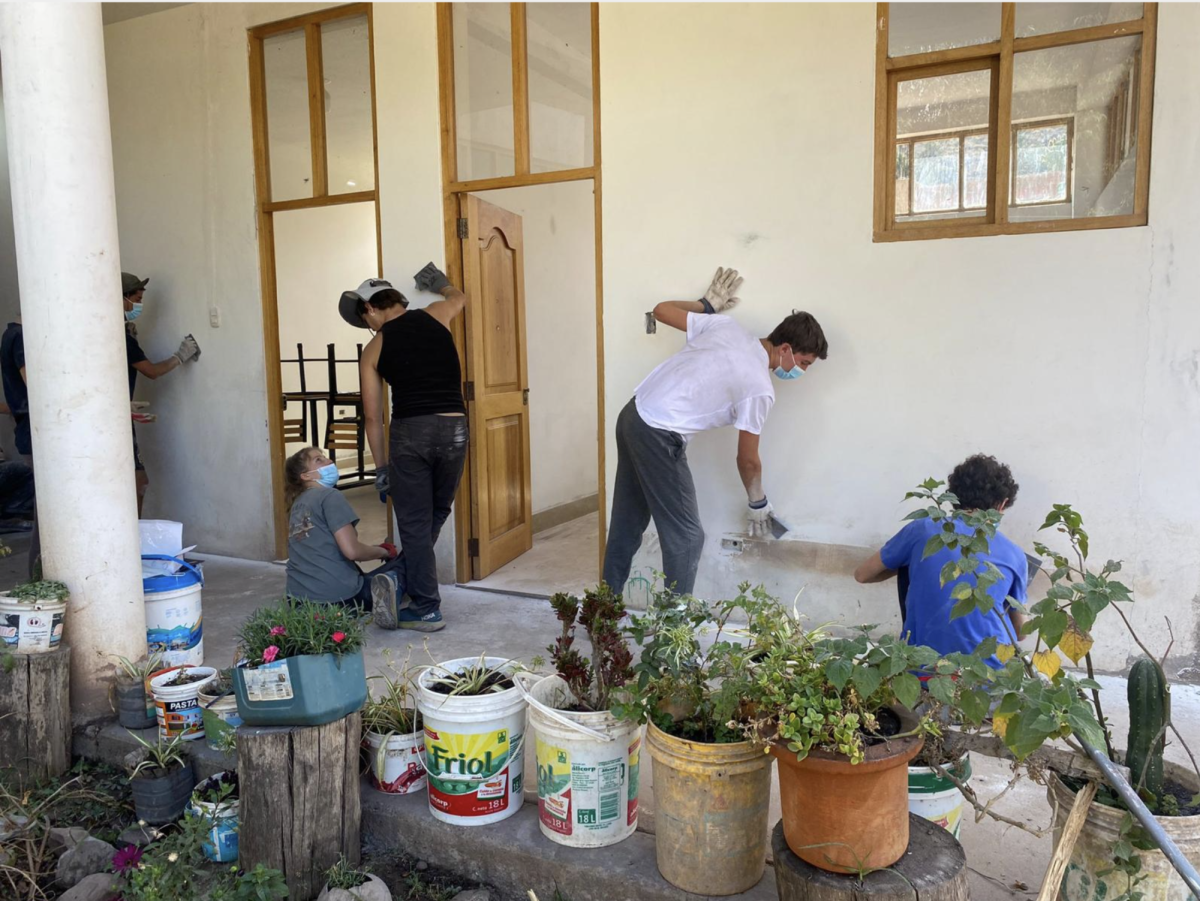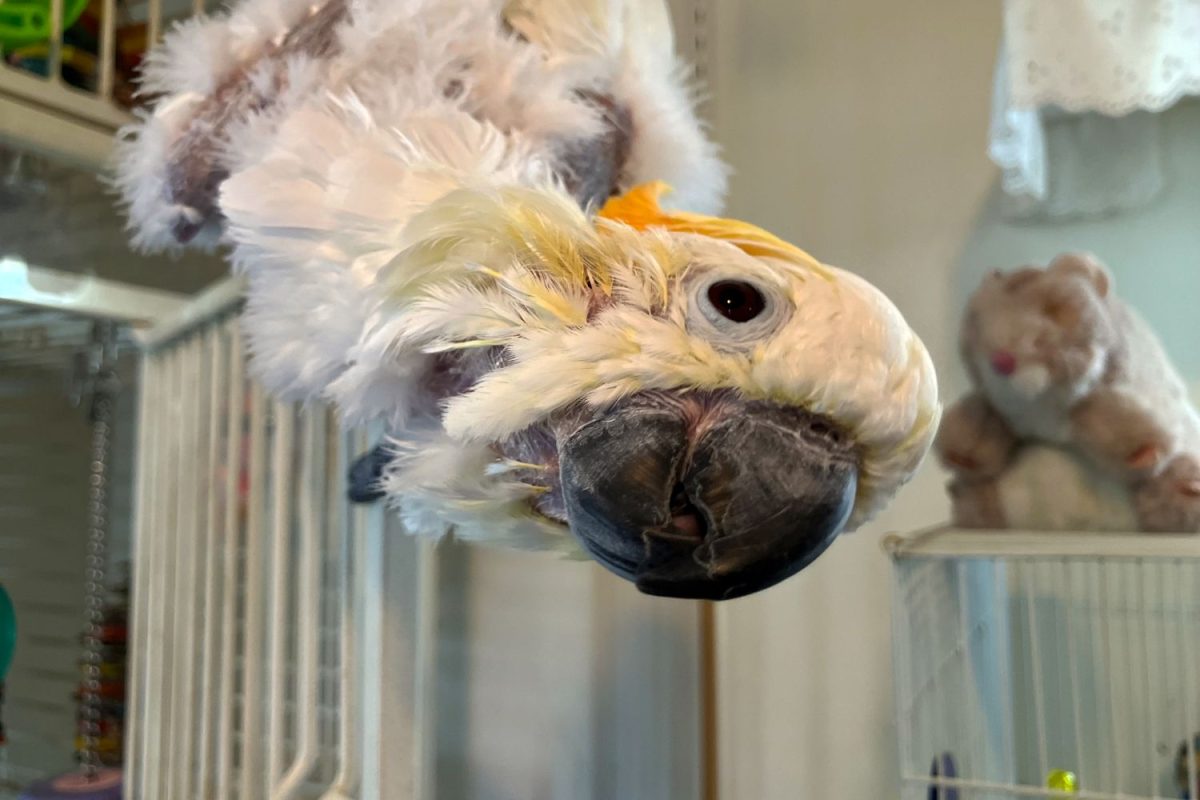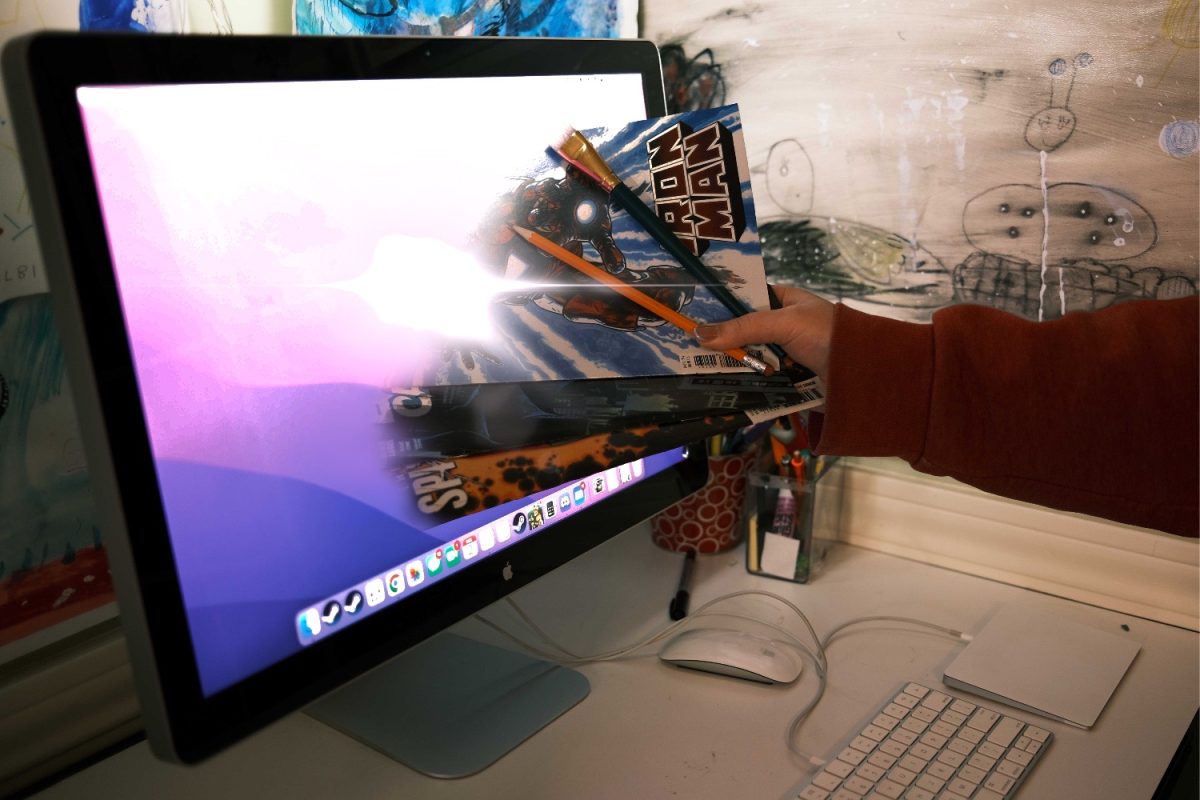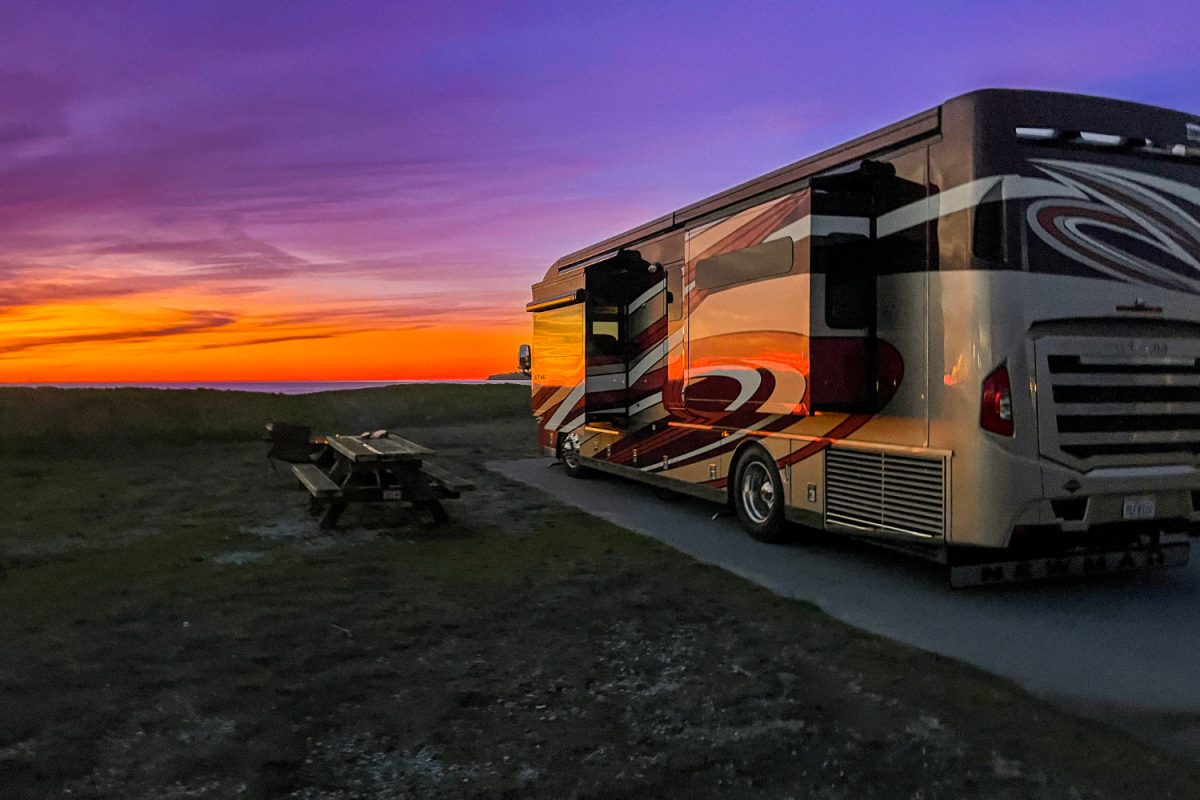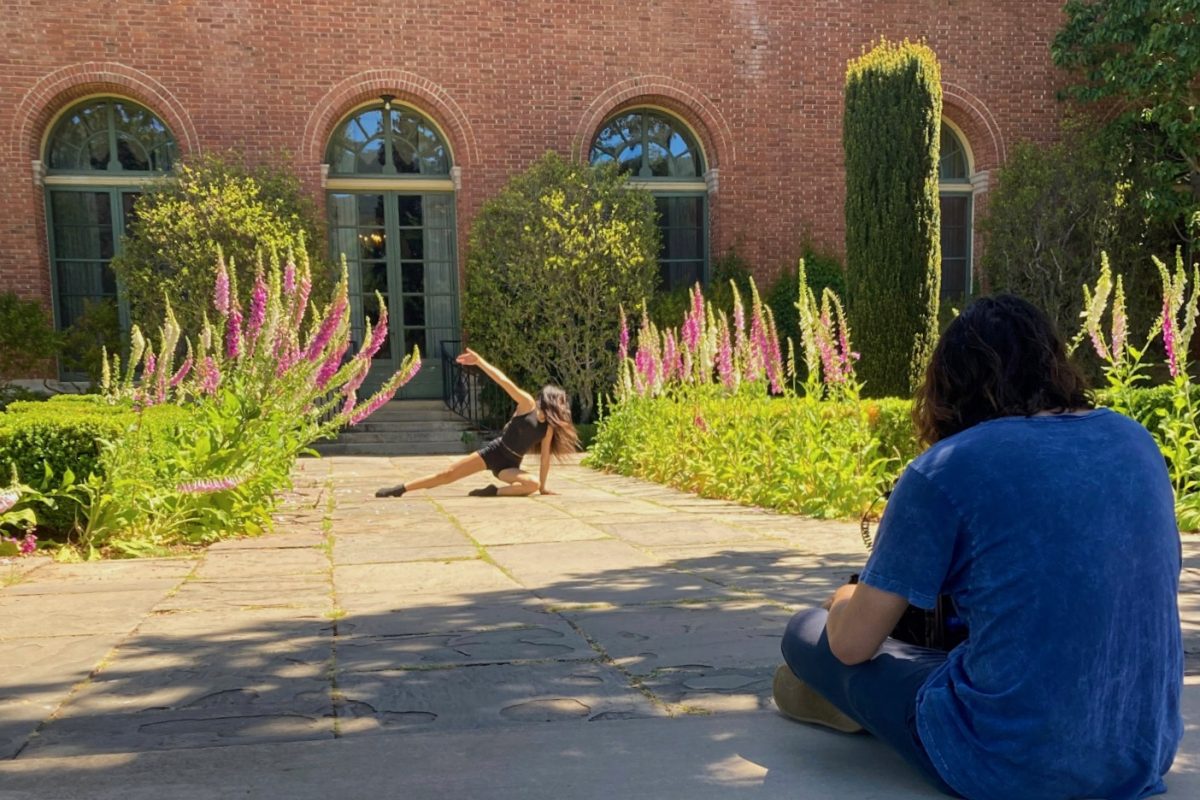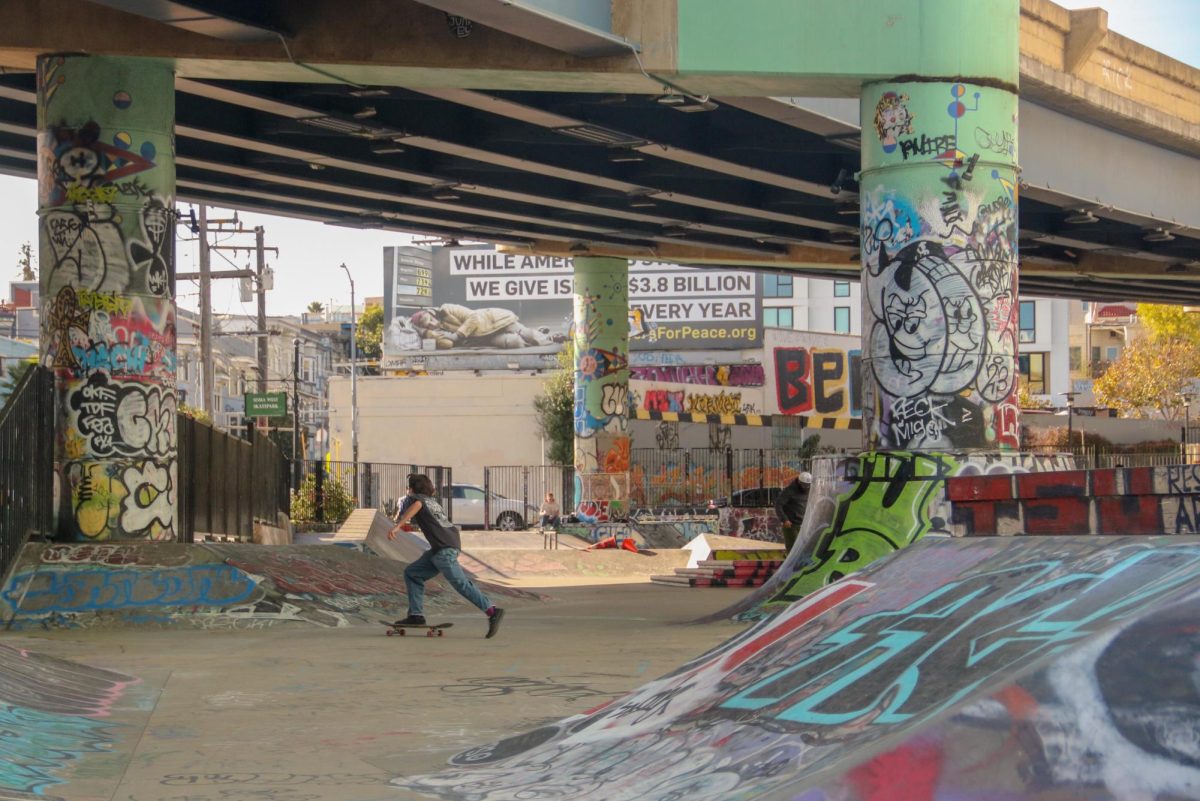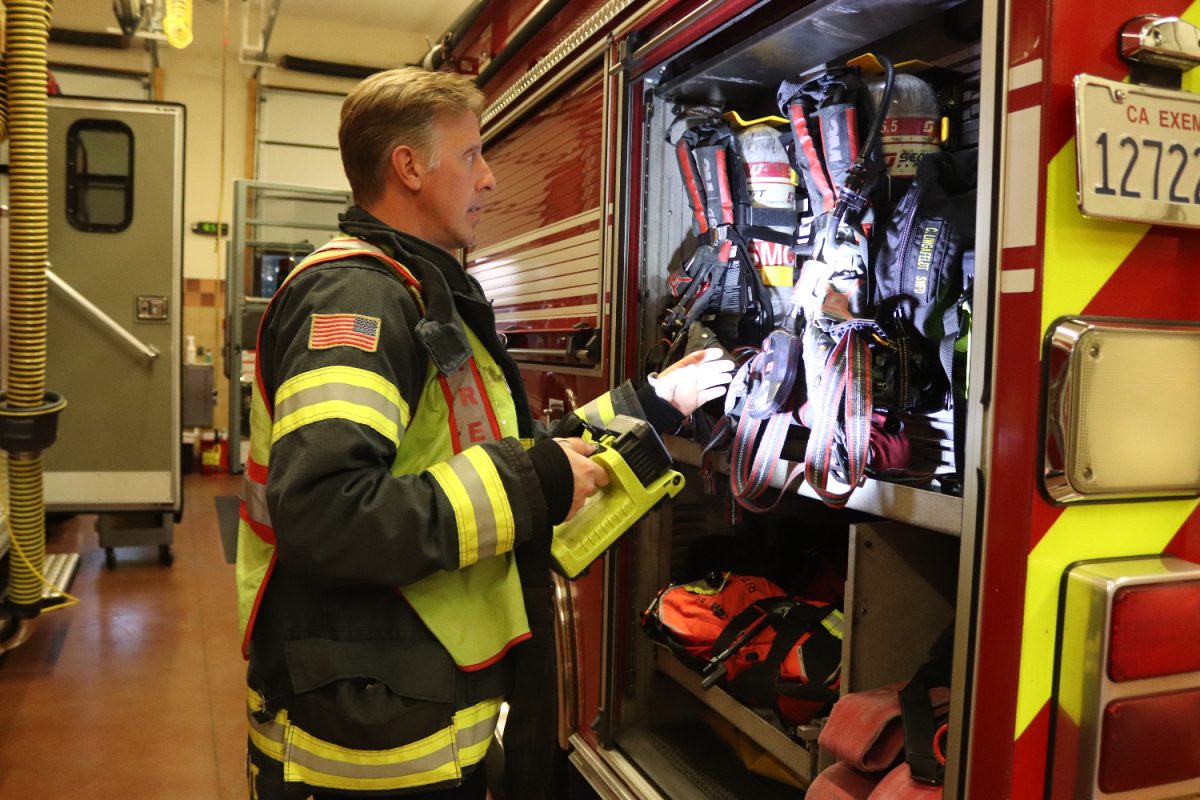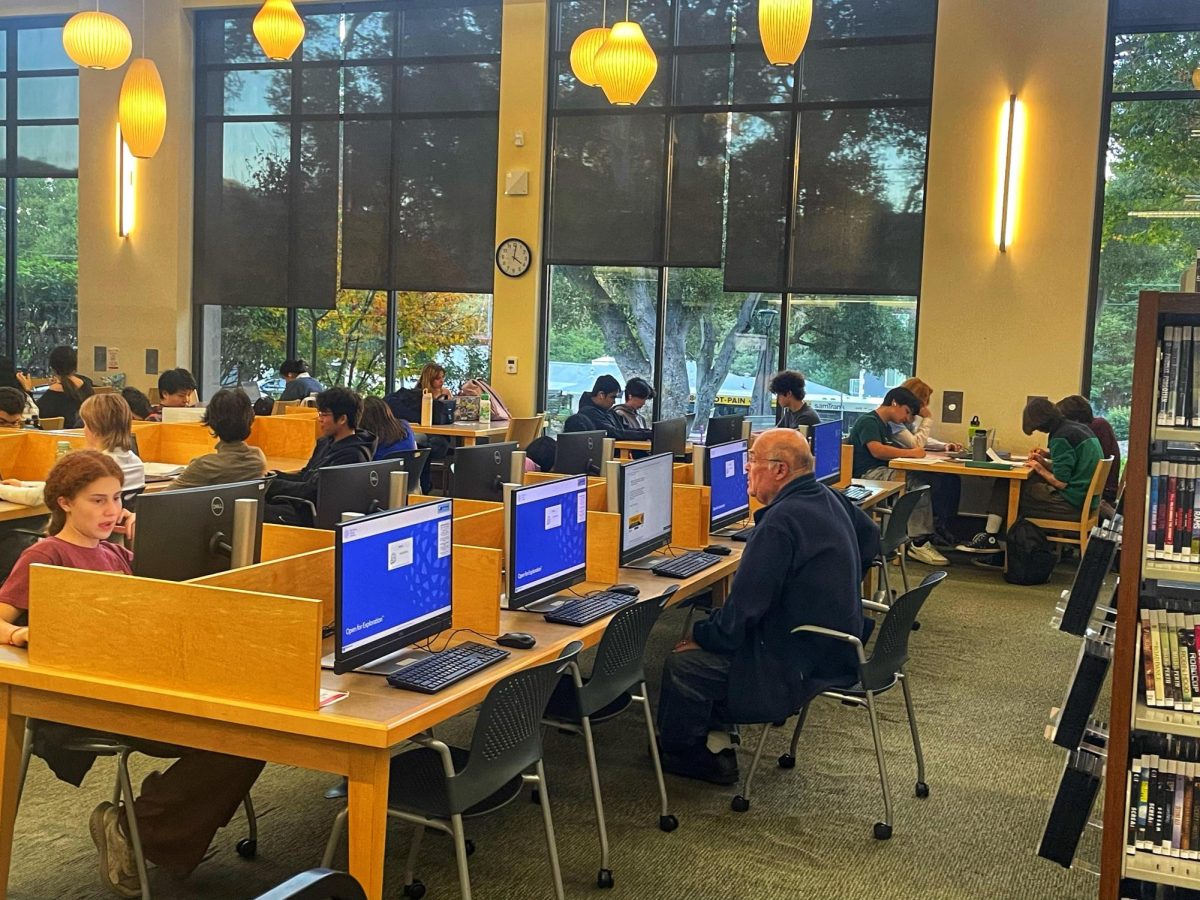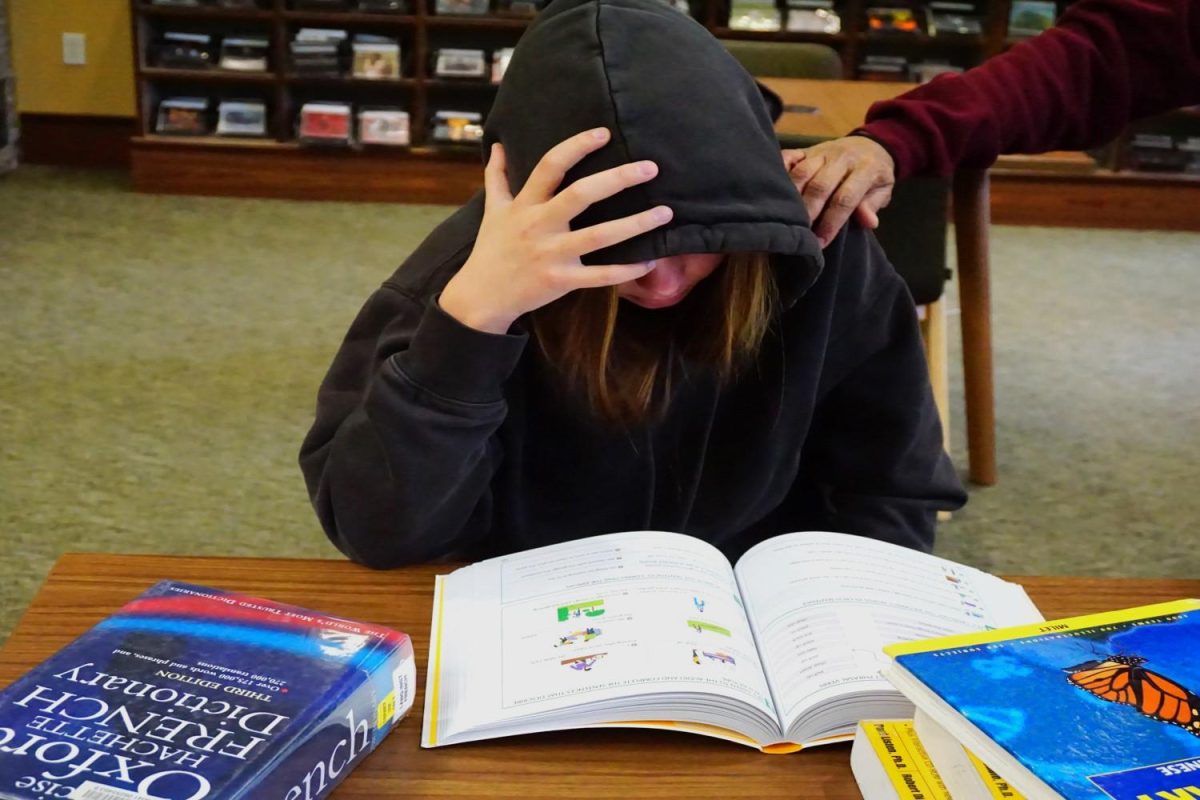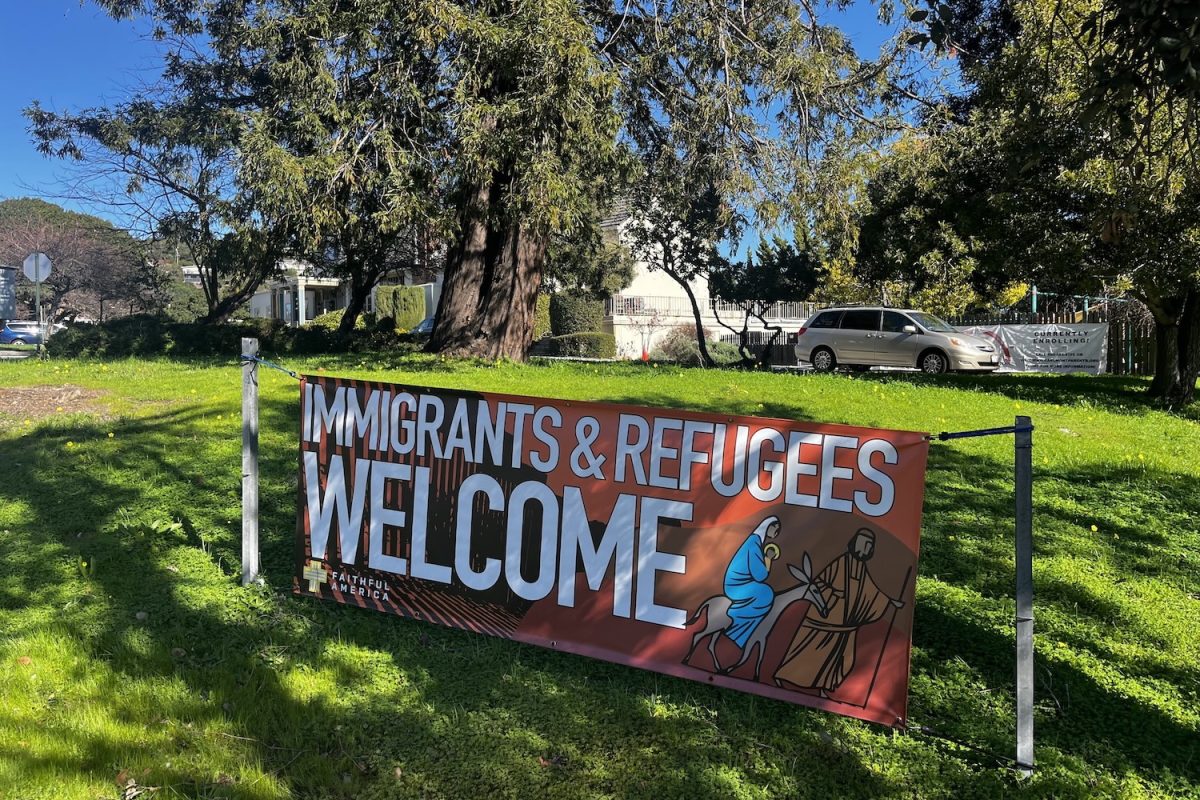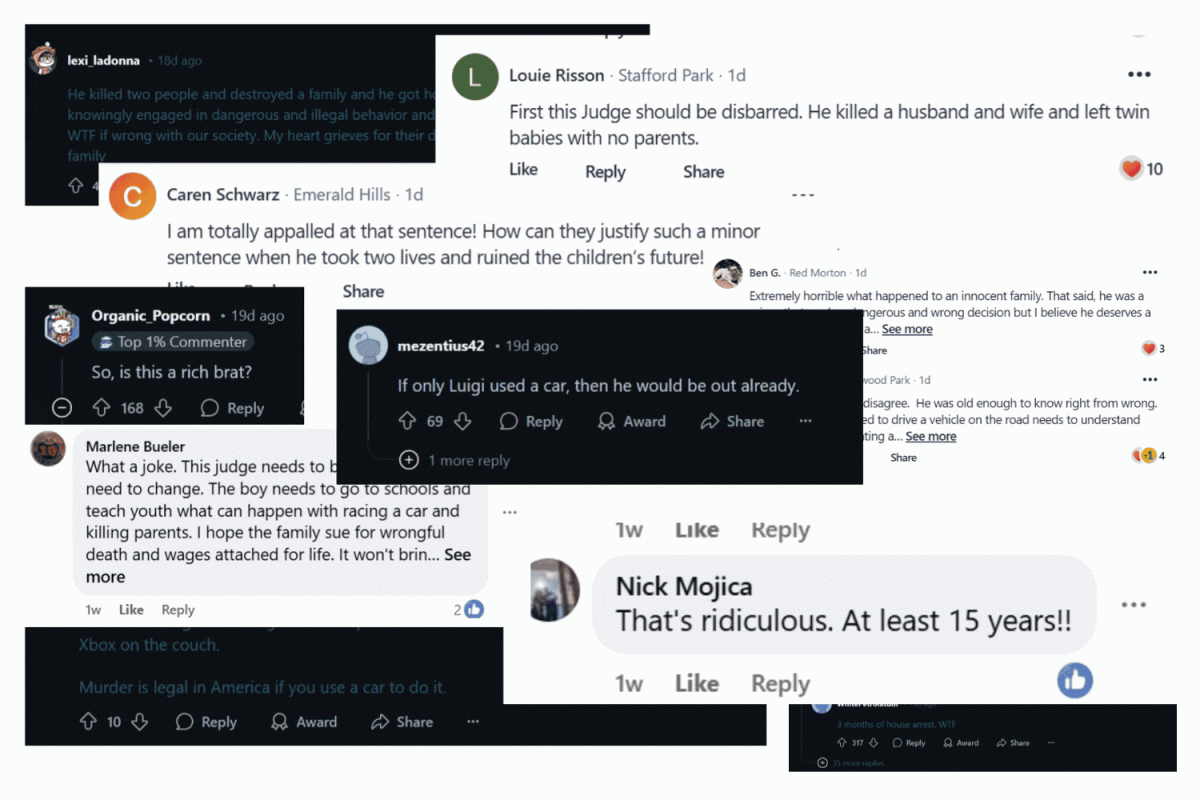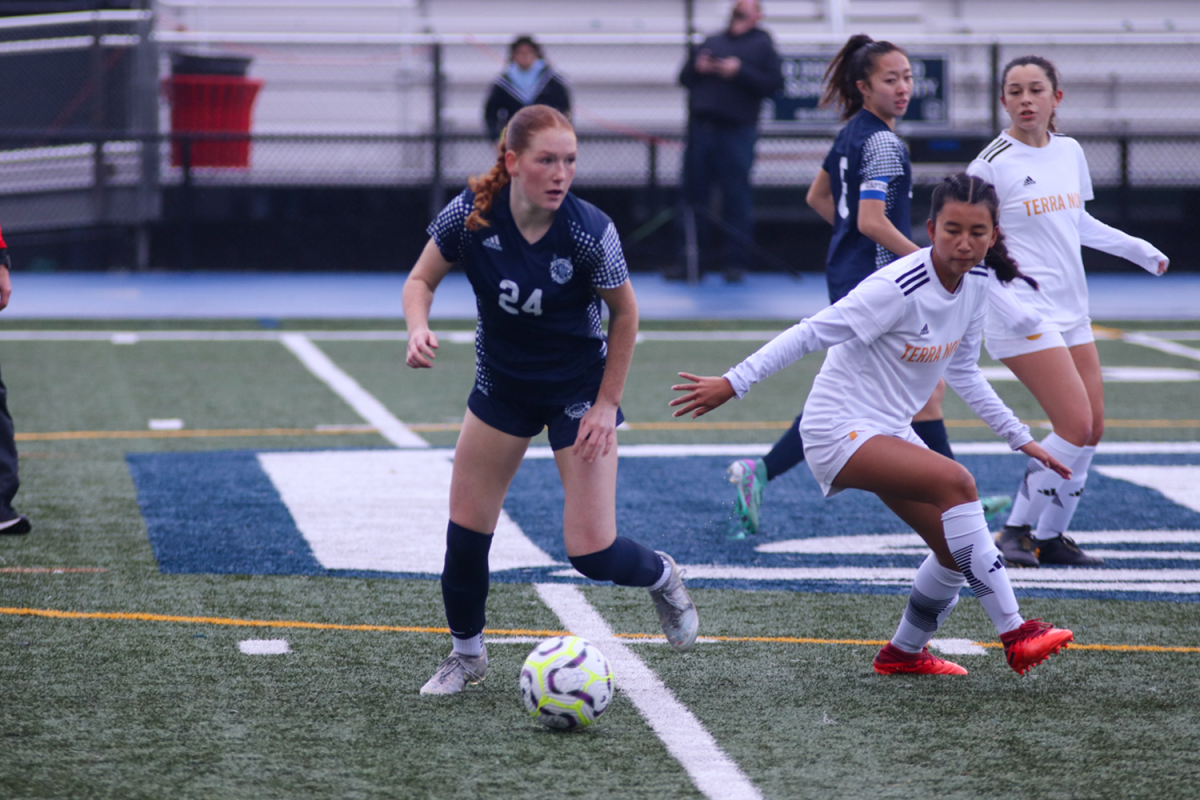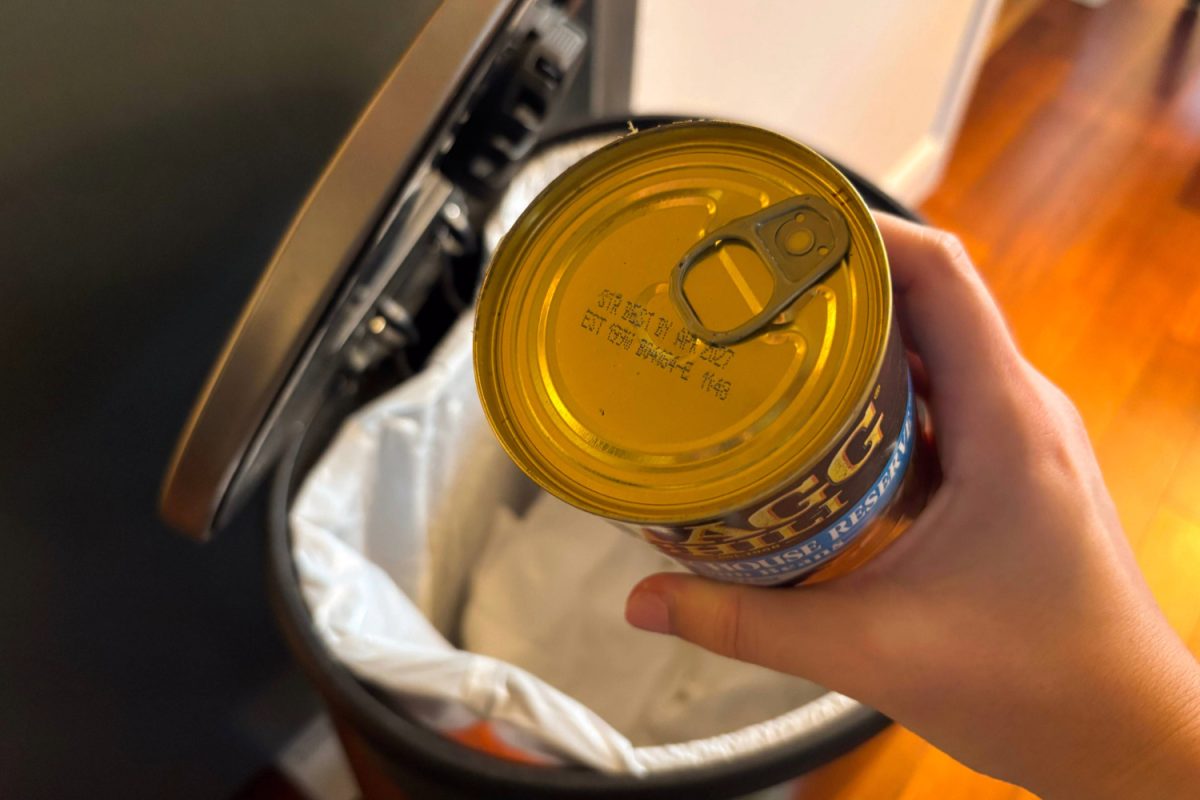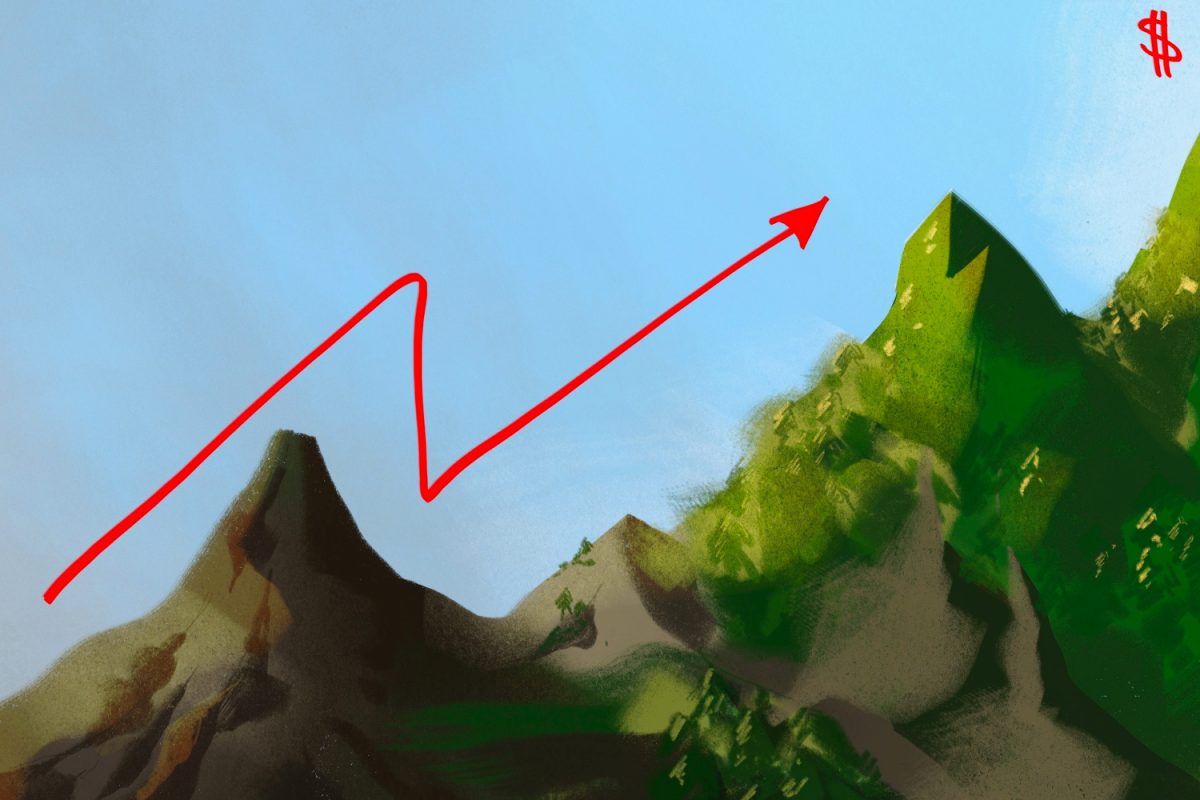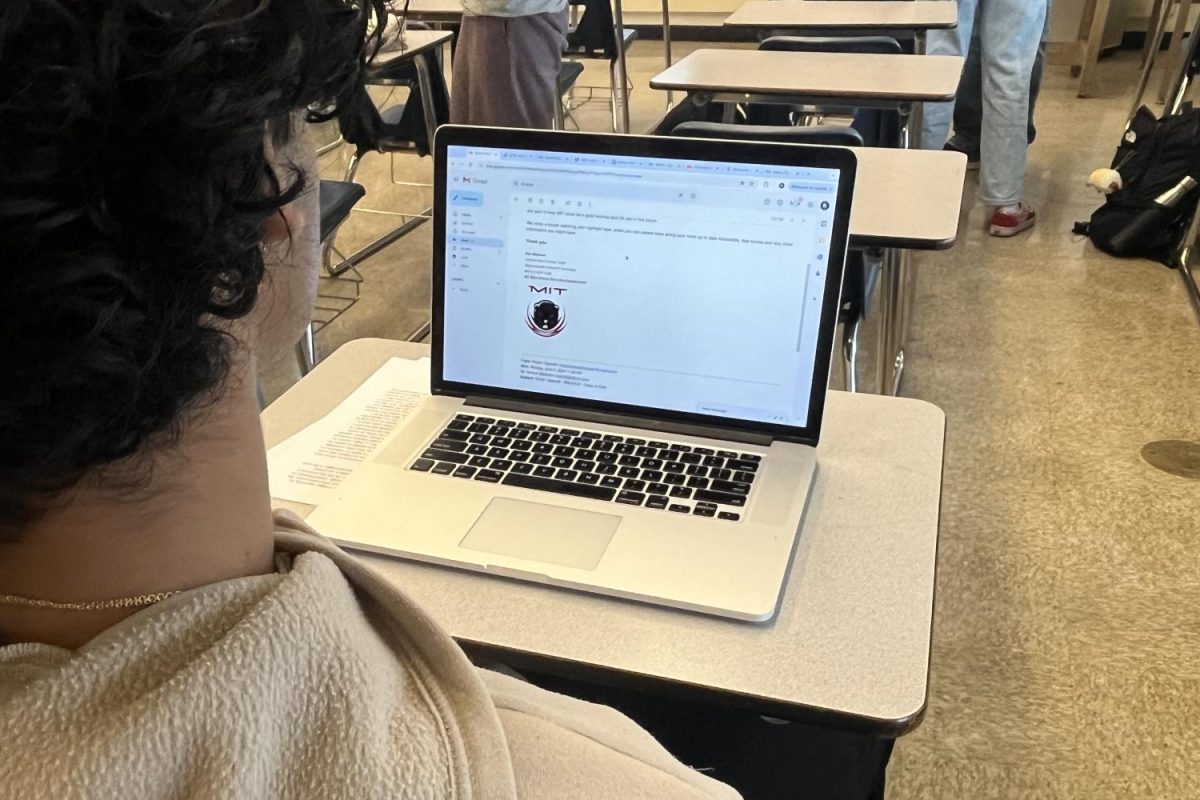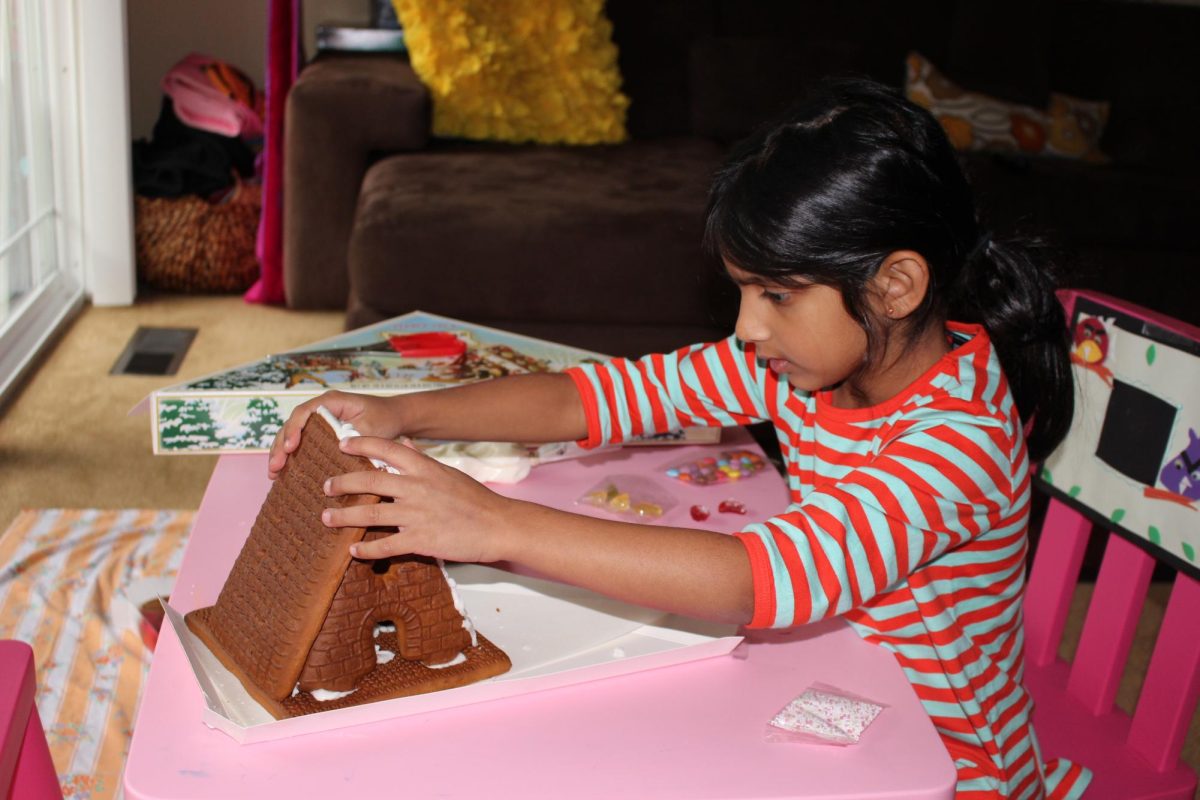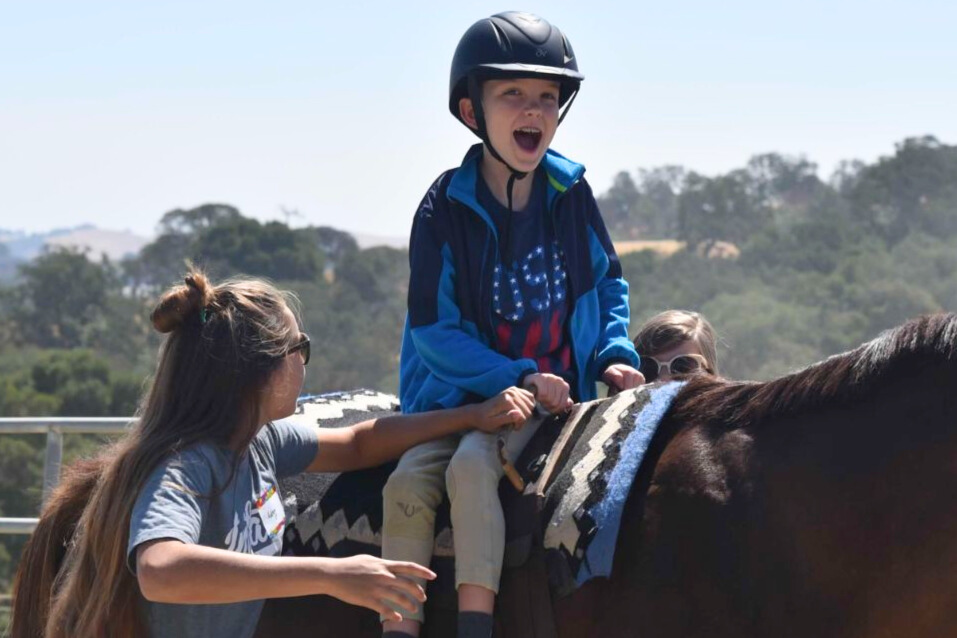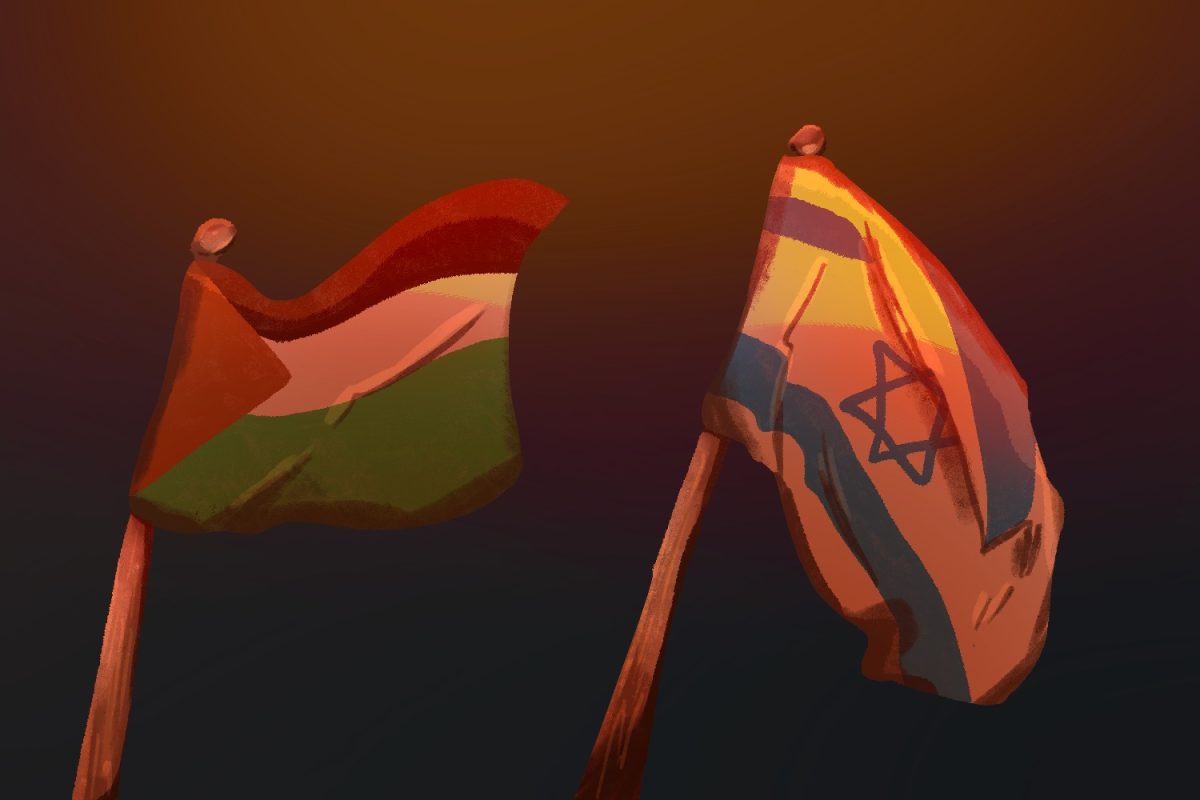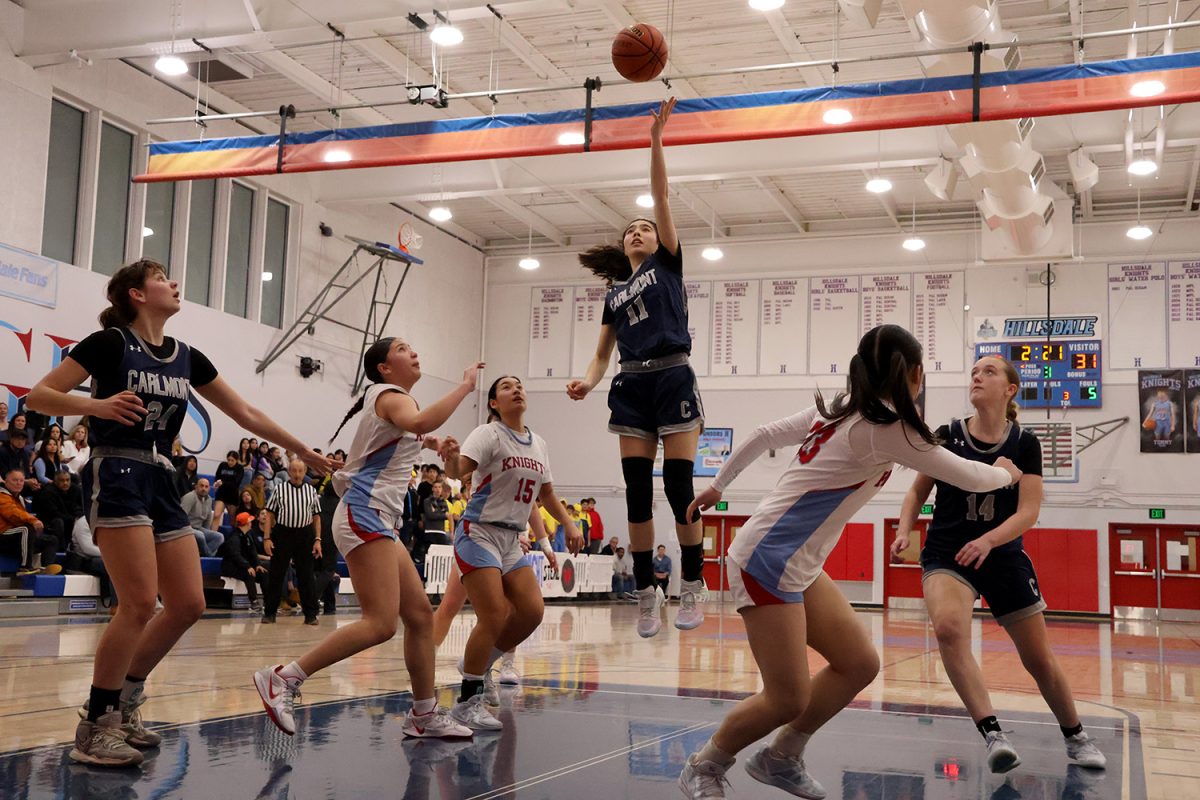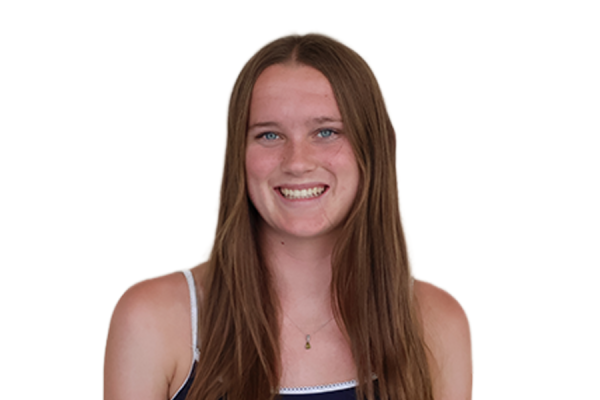Imagine your route to school being a combination of hiking, trying to jump on the back of someone’s motorcycle or pickup truck, and then more walking until you reach a bus stop to take you close enough to the nearest town. For most people in the United States, this situation is unimaginable. But for many girls from rural Indigenous communities in Peru, this is the reality.
In the United States, 91.8% of girls complete high school, according to Statista. Comparatively, less than 50% of girls in Peru complete high school, and only around 36% do in rural areas.
The main barrier to girls’ education leading to this statistic is distance. Many girls from rural Indigenous communities live anywhere from three to 24 hours away from the nearest secondary school. This is an unfeasible distance to travel daily and can often be incredibly dangerous, according to Christie Cutler, Director of Development at the Sacred Valley Project.
The Sacred Valley Project (SVP) is a nonprofit organization with three locations in Peru: Calca, Ollantaytambo, and Cusco. They were founded in 2009, aiming to address this primary barrier to girls’ education by providing a dormitory where girls could stay and have meals throughout the week while attending local schools.
The program has since expanded, now providing many more resources like academic tutoring, mental health counselors, and an overall supportive environment where girls can flourish.
Cutler explains that in addition to the distance, there are other barriers to girls’ education, making SVP’s services more critical.
“There’s still a lot of ‘machismo’ in the communities,” Cutler said. “If a family had enough money for a kid to live in town and go to school, they would likely pay for their son, not their daughter.”
She added that financial reasons also play a role. Many families in these communities do not have money to pay for education far away; they are often subsistence farmers, growing what they need to survive and relying on their children to help.
Impact
Thus, through the services that SVP provides, they have taken strides in addressing the education issue in the Sacred Valley, significantly impacting the community.
In 2023, they welcomed 45 students between 12 and 17 years old, with five graduates. These students took various classes at local public schools, including Math, Science, English, and Religion.
Cutler explained that it’s initially an adjustment for girls when they start because many only speak Quechua, the indigenous language spoken in many rural communities. SVP works to ensure this transition is as smooth as possible.
“All house moms and tutors speak Quechua, so they can go back and forth and ensure the girls feel supported. There’s private tutoring every day of the week except Friday, so they’re working with students nonstop on everything they’re learning,” Cutler said.
She emphasized that they learn quickly, and many speak Spanish proficiently within the first year, benefiting immensely from the immersive and supportive environment.
“The girls are often shy coming in; some of them are from conservative communities where women never speak above a whisper,” Cutler said. “It’s the coolest thing to see the impact of that safety net, even in the first two years, there’s this huge demeanor change; they’re laughing and running around, more confident and talking about their hopes and dreams.”
She illustrated a real example of this: a student had been timid when starting the program, and now, after graduating, she is pursuing an environmental engineering degree.
“We have a graduate house at our Calca property for girls who are going to university or studying for entrance exams, so they have a free place to stay,” Cutler said. “Otherwise, they would have to return to their communities with no Internet connection or power and wouldn’t be able to do these things.”
The school faculty comprises 70% of the female program staff and mentors, who work to empower girls’ education and prepare them to go out into the world after graduation.
The Future of the SVP
As SVP looks to the future, they want to continue this empowerment. Cutler identified that their primary challenge is size: they want to remain a smaller organization to provide students with the highest possible quality support, but this can inhibit donations.
“Many donors or foundations would like to see that you’re scaling your program and adding a lot of numbers, but we’re interested in focusing on quality over quantity,” Cutler said.
To address this, she explained they are working on sustainability projects that would create more regular income instead of complete reliance on donations and grants.
“We’re currently focused on starting a bakery; we’d sell these goods in town and give the students some small business practice,” Cutler said.
Volunteering
In addition to full-time staff, SVP benefits from volunteers helping the program and hopes to continue this in the future.
One of their major partners is the Colorado-based organization Global Works, which provides summer community service trips for teenagers to eight different countries, including Peru.
According to Annie Marcinek, the Director of Programs for Global Works, they have partnered with SVP for about 10 years.
“I collaborate with our local service partners in Calca to ensure projects are aligned with community needs and group capabilities. Peru, and the wonderful people living there and hosting our students, have so much to offer in terms of interesting culture, food, history, and architecture, so we work to create a beneficial program,” Marcinek said.
Berkeley High School student Ali Forbush participated in a Global Works trip in 2022 and volunteered at SVP.
“The idea that I could help even in the smallest way was incredibly rewarding. The United States prioritizes education, and there is an intention of equality. In comparison, many girls in Peru didn’t get the same education opportunities past elementary schools, so as a teenage girl, I felt extremely motivated to help,” Forbush said.
Marcinek echoed this sentiment, emphasizing the importance of the mission of SVP and explaining that education for girls means giving them the strategies to get out of poverty and maintain more stable and healthy families.
Besides volunteering, there are other ways for people to get involved. SVP runs on donations, and through fundraising events or chartering fundraising clubs from their website at schools, this can help raise money.
Next steps
In the long term, SVP hopes to start its own school. The public schools they currently attend are beneficial, but they are still semi-rural and poorly funded.
“It would be amazing to have a very high-quality high school to run there. That’s our dream,” Cutler said.
They aim to make a difference in these communities through the resources available. Still, Cutler emphasizes that for girl’s education in all of Peru to improve, there needs to be government action as well.
“The families in these communities are marginalized, and the government doesn’t seem to care,” Cutler said. “We would like to see more concern about roads, electricity, and basic public services for communities we work in.”
The current education available is often only through primary school, in small schools with just one teacher in one room, and there’s a lot of turnover.
“We would love to see our girls returning to communities to become teachers so they could have a job, be close to their family, and make that change in their community,” Cutler said.
She said they’ve had two students do this so far, becoming elementary school teachers in their communities.
Overall, regardless of what profession these graduates of SVP intend to pursue, Cutler emphasizes that girls deserve a choice in their futures.
“Without an education, they really have no choice in what their future will look like, which needs to change. That’s why we do what we do,” Cutler said.

